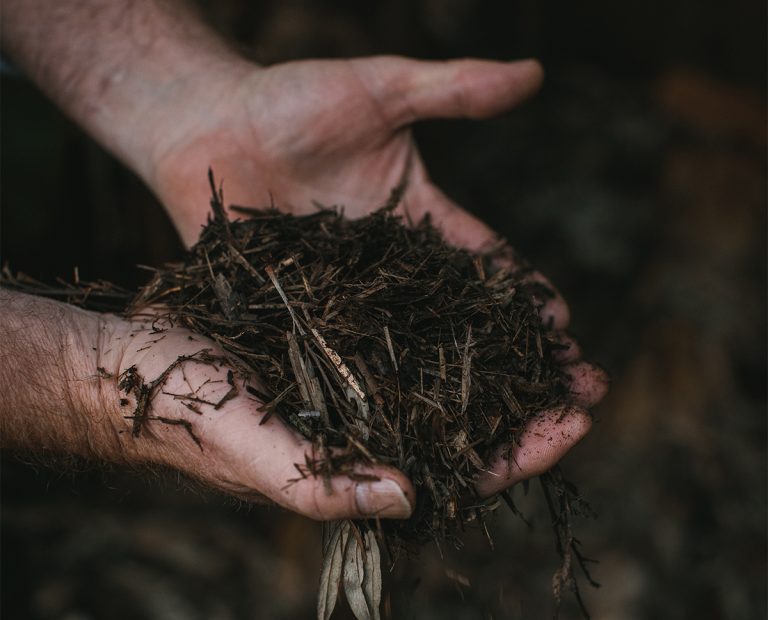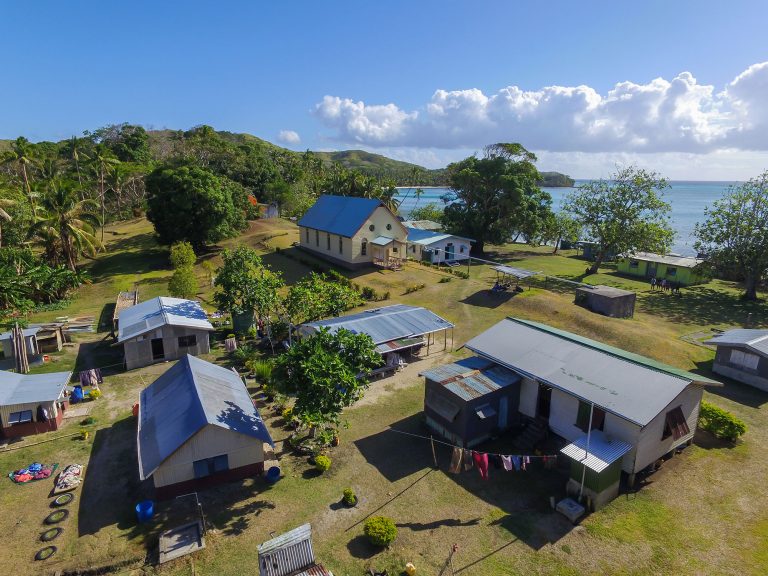They say that if you want a job done, ask a busy person, but what if that job is saving the world? Coastbeat catches up with Mike Smith, farmer turned soil specialist, turned banker, turned superhero, who is handing out capes, masks and mulch to everyone with a patch of dirt willing to join him.
In Winter 2018, Coastbeat introduced you to Mike Smith, founder of Organic Matters and Soil School, partner in the Sea Mercy Remote Islands Soil Education, and farmer at Solum Farm. Plus, he has a family and runs a pub. Busy enough?
No. The latest crusade from superman Smith is the Carbon Collective, which is taking a tilt at saving the world (like Superman, but without the exterior undies).
Do you know the price of carbon? Too much, is the educated response from those familiar with the Keeling Curve, the graph charting the frightening accumulation of carbon dioxide (CO2) in Earth’s atmosphere. What if there was a way to pull this accumulating CO2 into the soil, and make an income doing so?

Mike Smith’s ‘Soil School’ teaches regenerative farming practises in the Pacific Islands
While examining data from Soil School projects on the Fijian islands of Mago and Batiki, Mike and his team discovered that their regenerative farming practices had increased soil carbon by drawing carbon dioxide from the atmosphere.
“1% of carbon in our topsoil is equal to about 32 tonnes per hectare, and that’s got a value as sequestered carbon,” Mike tells me. “Currently it’s worth about 10 bucks a tonne in the US – pretty good dough. There’s a real business model in keeping carbon in the soil.”
Which is where the idea for the Carbon Bank came from. “We use the word ‘bank’ so it’s easily recognisable; the model is derived from a member-based credit union platform,” says Mike. “Joining the Carbon Bank is free, providing you do a soil regeneration training program.”
Members log their soil carbon level into their Carbon Collective account and receive an interest rate from that, based on the daily global carbon price. Businesses wanting to offset their emissions access the aggregated carbon ‘banked’ in the Collective and lease, or buy it, to offset their carbon footprint.

The Carbon Collective offers a way we can all actively combat the rise of carbon dioxide
Let’s say a farmer has 100 hectares, with 1% soil carbon. That’s about 32 tonnes per hectare. 100 hectares means 3200 tonnes of carbon. At roughly $10 a tonne, 3200 tonnes of carbon means $32,000 in the bank available for leasing, at a percentage per annum. “The numbers start to add up pretty quickly!” says Mike. “Members can make a good income out of being a carbon farmer.”
If the Carbon Collective member then improves their soil through regenerative practices, they will increase their profit. But there is an even better reason to care for their capital. “If 30% of all farmers in the world took up Soil School regenerative farming practices and stopped using synthetic fertilisers, pesticides, herbicides and fungicides, we’d deal with all man-made carbon in the first year – gone,” says Mike Smith. “It’s a big call, isn’t it?”
Huge. Enormous.
Existing carbon sequestration models deal with baseline carbon, which means that the government measures your baseline soil and, if you lock it up, pay you that baseline carbon price.
So why change? “It’s costing governments money. Farmers are drawing income by neglect and I believe they should have some skin in the game,” replies Mike, the farmer. “They can actively manage their soil to increase the carbon sequestered – Soil School has proven that.”

Mike has established Soil School projects on the Fijian islands of Batiki (above) and Mago. Image by Callum Drummond
Perhaps your local primary school has a hectare available for soil improvement. Using Carbon Collective infrared technology, you scan the topsoil, ascertain its carbon content and, using the Carbon Collective phone app that verifies position via satellite GPS, send that data to the Carbon Bank. The dollar equivalent is credited to the school’s account. CO2 emitters trying to lower their carbon footprint pay the bank to lease the registered carbon-storing soil and the bank passes that real cash on to the farmer. Or the school. Or you.
“Like when you pay a few dollars to offset your airline flight?” I ask.
“Yes, except you have no idea where your money is going. The Carbon Collective is laying a blockchain over their whole technology so that the buyer knows exactly where the carbon is sequestered: which property, where,” Mike responds.
“This is mass participation in the carbon market: the democratisation of carbon,” Mike says. “Forgive me a megalomaniac moment, but what if carbon replaced gold as our currency standard and we all had a share?”
Fighting words that could fund the Earth’s recovery. The Carbon Collective offers a way we can all actively combat the frightening rise of carbon dioxide in our atmosphere. You can take that to the bank.

Farmer turned soil specialist, turned banker, turned superhero – Mike Smith
Find out more about Carbon Collective and Organic Matters Foundation.